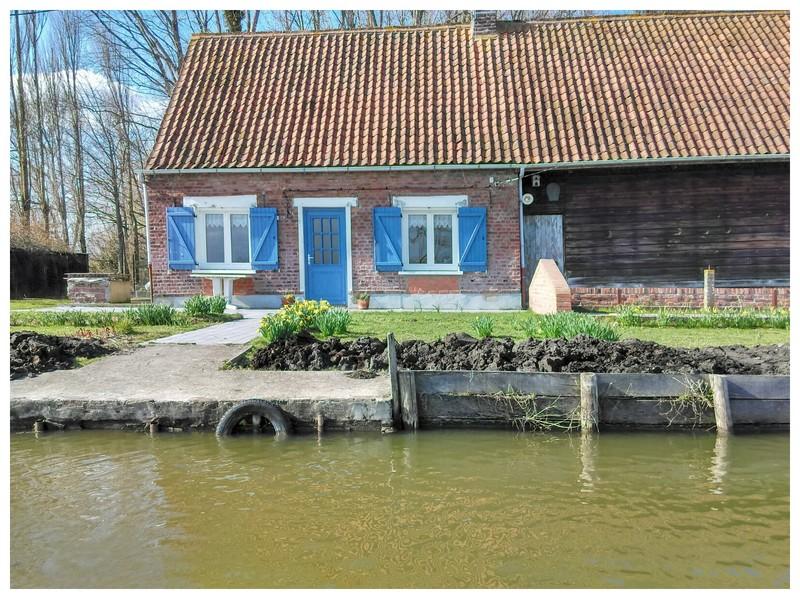

Flooded by the sea for several centuries, exploited for peat and then drained at the beginning by a monastic community, this area extends over 800 km of canals and crosses 15 communes of the Hauts-de-France and covers a total surface of almost 4,000 hectares.
Wet meadows, reed beds (where reeds grow) and market gardening land still exploited by about sixty families who cultivate cauliflower in the summer and endive in winter.
With its ponds, its fields and the small islands on which sometimes emerge pretty houses, the marshes of the Audomarois also represent a precious case for the fauna and the flora. It was classified as the 12th French biosphere reserve by UNESCO in 2013.
On foot, by bike, on horseback or by boat... The maze of polders (artificial stretches of land reclaimed from the water) of the only marshland still cultivated in the Hauts de France can be visited in different ways. If, until the 1970s, it was the bacôve, this large wooden boat with a flat bottom typical of the region, which was mainly used for navigation, today this rich ecosystem can be discovered in boats, pedal boats or canoes. To know everything about the way of life of the inhabitants of the marsh, you can also embark on the boat Le Brouckailler.
Leaving from Nieurlet in the Hauts de Flandre, a child of the marsh will tell you the story of these market gardeners like no other and, while sailing through the flora (water lilies, amphibious knotweed...), will tell you about the birds and fishes that generously populate this beautiful nature reserve.
For an even more complete disconnection with the city agitation, it is also possible to lodge in the marsh. Cabins, lodges or tepee tents are available for couples or families who, depending on the formula, will be taken to their lodging or, if they are in an adventurous mood, will be able to travel directly with the same type of boat still used today by the letter carrier of the marsh! Like him, you will also be able to buy the vegetables grown and sold by the market gardeners.
To prepare your visit.
Valérie from Comme des Français
---
Want to discover other nature destinations?
- The Hortillonnages of Amiens
- The Green Venice
- The seals of the Somme Bay
Photo credit: ©Le Brouckailler